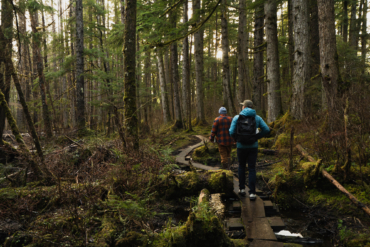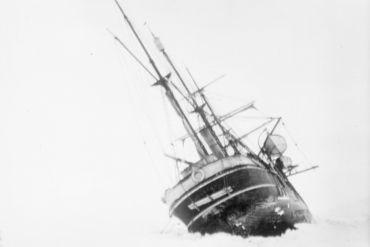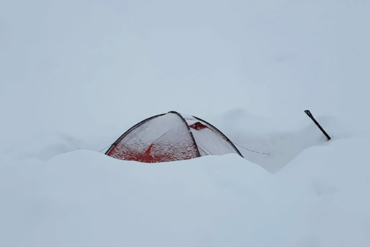Over the years, manufacturers struggled to find materials that hold an edge and ward off rust. Here is a run down of a few options.

If you are staring out of the window, waiting for the weather to break a little, or you’re already out there and watching snow melt, spring tends to remind one that we live on a blue planet, filled with water.
While water is wonderful and life-giving, it can mean death for knives. Whether you spend time in the saltwater or just tend to get gear wet, it’s worth understanding corrosion resistant steels. These are a few good options.
VG-10, N690, And Sandvik 14C28N

These steels are not exactly water-friendly, but all exhibit excellent corrosion resistance. I once dropped a VG10 blade into the snow and accidentally left it there over a few days. I was pleasantly surprised to find it was stain free.
N690 and Sandvik 14C28N are similarly stain resistant. I wouldn’t go diving with any of these knives and I’d be wary of exposing them to salt water, but if you are in an arboreal forest and spring showers arrive, you don’t need to freak out about your blade steel. It will be fine.
H1: A Steel For Saltwater

H1, like a lot of water-friendly steels, swaps out much of the carbon (one of the two essential elements of a steel, along with iron) for nitrogen. The result is a steel, largely found in Spyderco’s Marine line, that is highly resistant to corrosion, even going so far as being at home in salt water, the enemy of most blade steels.
There are some tradeoffs, though. First, H1 cannot be worked and ground the same as other steels. For example, the Spyderco Dragonfly II is always a full flat grind blade, except in the H1 version. There the steel necessitated a partial flat grind. Second, H1 does not have great edge retention properties. It will need sharpening significantly more often than other modern steels. But if you want something you can take on a kayak trip, H1 is a great choice.
LC 200 N aka Z-Finit

A German steel that is both tough AND corrosion-resistant the LC 200 N also swaps out most of the carbon for nitrogen. But unlike the H1, the LC 200 N does okay on the edge retention and hardness front. Also known as Z-Finit steel, LC 200 N is used by custom maker Michael Gavik and found in the production knives from Spyderco known as the Tusk and the SpydieChef.
LC 200 N is produced using a special reslagging process and controlled forging for exceptionally pure chemistry, making it possible to for the steel to take a high polish and a fine edge. All of this tech, however, comes at a price. LC 200 N is significantly more expensive than other steels on this list.
Non-Steels
The materials below are non-steels, meaning they lack the required combination of iron and carbon. Each chemistry has its own advantages and drawbacks.
In the late 70s, early 80s, the culinary world was entranced by the idea of a ceramic blade. Ceramic is both non-corrosive and exceptionally hard (over 70 HRc as opposed to the 55-60 HRc of steels at the time). But ceramic blades suffer from two issues–first, no user can sharpen a ceramic blade, and second, a drop on the floor is the end of your knife.
Another non-steel material in knives is cobalt alloy. The custom knife, Stellite 6K, is very hard and corrosion resistant. It is also exceedingly difficult to work with and expensive, which explains why it is not in the production world.
An outfit from Italy called Sandrin released a line of tungsten carbide knives. It swaps out carbon and replaces it with tungsten.

The result is an exceptionally hard knife (70-75 HRc) that cannot rust in the traditional sense. The incredibly challenging nature of the material in the machining process makes these knives uber pricey — all of Sandrin’s offerings are close to $1,000.
Nitinol 60: Ultimate Knife Material?
Finally, there is Nitinol 60, a titanium alloy used almost exclusively by custom makers. This material, known as memory metal, seems like something from science fiction. It is hard, tough, and almost impervious to corrosion. If bent, it can return to its original shape when heat is applied.
Nitinol 60, like the tungsten carbide, is hard to machine and grind. It is also notoriously difficult to heat treat, wanting to warp almost immediately. The result is one of the most expensive materials used in knife blades. But its iridescent/gold color after heat treat is transfixing and its performance is lightyears beyond what we find in knives today.
If you want a blade for wet weather, try one of the steels above. If you want something that makes Wolverine jealous, get a knife made for you with Nitinol 60. He’ll be trying to trade you his claws for your knife.







